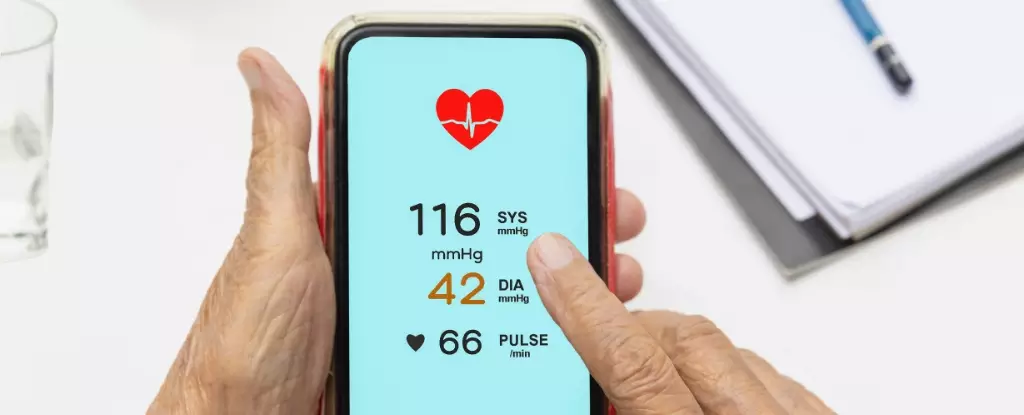High blood pressure, commonly referred to as hypertension, poses a significant risk factor for serious health conditions, including heart disease and kidney failure. Alarmingly, many individuals who suffer from high blood pressure remain unaware of their condition. Millions may be living with undetected hypertension, amplifying their risk of severe health complications. The onset of innovative health technologies has opened the door for new methods of diagnosis and monitoring, and recently, researchers from the University of Pittsburgh have made exciting strides in this arena. They have engineered a smartphone application capable of estimating arterial blood pressure remotely, thereby enabling individuals to assess their health without the need for specialized instruments.
Imagine being able to check your blood pressure as easily as checking your email or scrolling through social media. The newly developed app utilizes components like the accelerometer, camera, and touch sensors found in modern smartphones. This innovative app makes monitoring blood pressure accessible to a broader audience, especially those in underserved areas where traditional healthcare resources are limited. As noted by biomedical engineer Ramakrishna Mukkamala, many people in such communities may lack access to conventional blood pressure cuffs or regular check-ups, yet they have smartphones at their disposal. The balance of technology and healthcare is a paradigm shift that could save lives by providing real-time health monitoring.
Understanding Blood Pressure Measurements
Conventional blood pressure measurements have a specific methodology. Clinicians typically use a sphygmomanometer, a device that creates pressure on the arm’s primary artery with an inflated cuff. As the cuff deflates, the healthcare provider listens to the pulsations with a stethoscope or employs digital technology to read the fluctuations in pressure. This leads to two critical numbers: systolic pressure (the pressure during heart contractions) and diastolic pressure (the pressure during heart relaxation). Healthy blood pressure readings should be below 130/80 mm Hg, where consistent elevations can indicate a need for further monitoring.
However, the smartphone app employs a unique method that sidesteps the need for external pressure application. Instead, it cleverly uses gravity and user interaction with the phone screen. The app gauges pulse pressure by directing users to alter hand positions and touch the screen in specified patterns. This novel approach takes advantage of hydrostatic pressure variations in a user’s body while using the smartphone, thus allowing for a practical and non-invasive measurement technique.
In preliminary testing involving 24 participants, the app’s pulse pressure estimations were found to be reasonably accurate, deviating by only about 8 mm Hg from established readings. This level of accuracy, although still in early development stages, suggests a promising foundation for future enhancements. Researchers acknowledge the importance of addressing public perception to foster acceptance of pulse pressure measurements as a legitimate health indicator.
As the technological landscape evolves, the potential for smartphone applications to play a central role in healthcare delivery becomes increasingly viable. Biomedical engineer Sanjeev Shroff highlights this vision, advocating for the development of a cuffless blood pressure measurement device that requires no external calibration, defining it as the “holy grail” of blood pressure monitoring technologies. Such a breakthrough could not only revolutionize monitoring standards but also democratize access to vital health information.
The innovation represented by the smartphone app is a significant step forward in revolutionizing how we monitor and understand hypertension. It showcases the remarkable intersection of technology and healthcare, providing hope for improved access to essential health metrics in underserved communities. As further developments unfold and systematic validation is established, this app could serve as a model for future medical technologies aimed at empowering individuals to take charge of their health. Such advancements promise not just convenience but also the potential to save lives through proactive health management, transcending boundaries imposed by traditional healthcare systems.


Leave a Reply